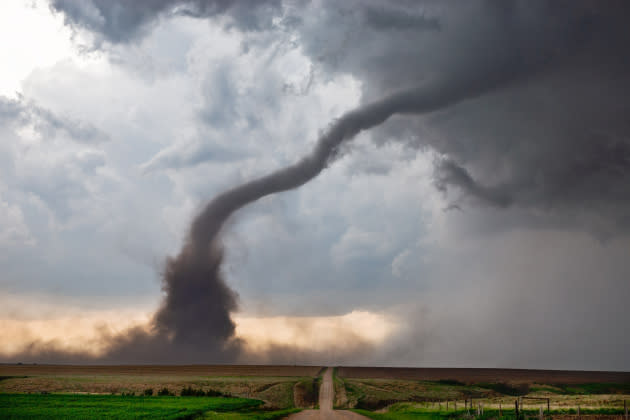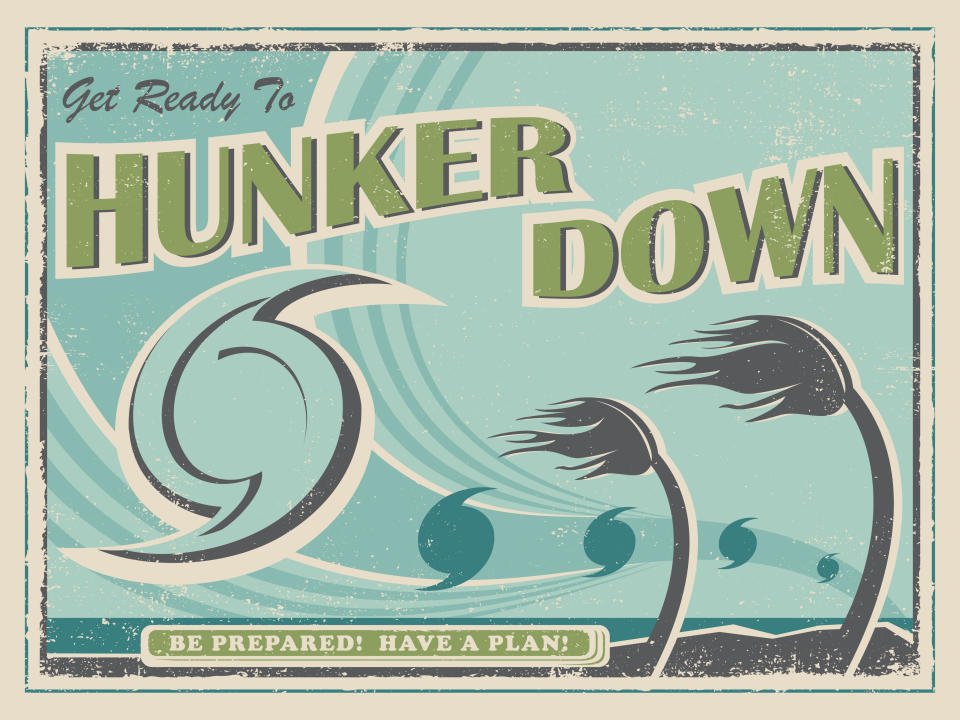Retail Weather Realities

The weather’s gone extreme — Hurricane Ida and its dangerous strike on the Gulf Coast is just the latest stark example.
From a record start to hurricane season, extreme heat and massive fires to major flooding and big freezes, fashion and businesses of all stripes are having to get used to a certain level of catastrophe.
More from WWD
On top of compounding fears about climate change — and signaling just how much work the world has to do to contain global warming — extreme weather closes stores, delays e-commerce deliveries, distracts consumers, wreaks havoc on the supply chain and more.
And although experts say there are opportunities for fashion to gain more by paying greater attention to small day-to-day fluctuations, all those big weather events come with a big price tag for the economy, retailers and consumers.
Since 1980, the U.S. has logged 298 weather and climate disasters that each had damages and costs of at least $1 billion, according to the National Oceanic and Atmospheric Administration.
All together, those disasters added up to $2 trillion in damages and costs to the economy — and the climate change bill is only getting bigger.
While the U.S. averaged 7.1 annual instances of $1 billion-plus extreme weather events between 1980 and 2020, that average jumps to 16.2 over the past five years, NOAA said.
So far this year, there have been eight weather disasters with losses of more than $1 billion including flooding in California, a heat wave and drought in the West, hail storms in Texas, flooding in Louisiana and tornadoes in the Southeast.

Michelle - stock.adobe.com
That could still just be a prelude as extreme weather is linked to rising global temperatures.
The United Nations’ latest report on the issue offered another stark warning for the world this month.
“Climate change is widespread, rapid and intensifying,” said the U.N., summing up the scientific findings from the Intergovernmental Panel on Climate Change. “[The report] finds changes in the Earth’s climate in every region and across the whole climate system. Many changes are unprecedented in thousands, if not hundreds of thousands of years. Some, such as continued sea-level rise, are irreversible over hundreds to thousands of years. The report points to strong and sustained reductions in emissions of carbon dioxide and other greenhouse gases to limit climate change.”
Fashion firms — which have generally grown much more woke across several fronts — are taking steps to reduce their carbon footprint. Companies such as Kering and Canada Goose Holdings have committed to becoming carbon-neutral, some brands are using labels that indicate how big of a carbon footprint a particular product has and more.
As fashion works to reduce its footprint and operate more sustainably, there are other lessons to be learned by keeping a finger to the wind.
“The weather is more volatile today, no doubt about it,” said Evan Gold, executive vice president of global partnerships and alliances at Planalytics, a predictive demand analytics company focused on weather.
“The extreme events are what get the headlines and that’s what often gets the C-level executives to pay more attention,” Gold said. “But the overwhelming majority of the economic impact of weather [on retail] are the day-in and day-out changes. How does it feel to a customer in New York City today versus Salt Lake City and what are they buying now versus a month from now?”
Gold said Planalytics uses big data to understand how customers reacted to weather in the past and feeds that intelligence directly into retailers’ systems so they can react accordingly.
That can mean turning on marketing emails that pitch jackets during a cold snap or waiting to ship bikinis to the stores until it’s really and truly beach weather.
Planalytics says it can help companies boost their net income by 2 to 6 percent every year by better helping retailers plan around weather.
The good news for the brick-and-mortar crowd is that Gold predicted the weather will be “supportive of store traffic” in the second half with temperatures colder than last year.
“Need-based categories will spike when the weather moves the customer out of their comfort zones,” he said, pointing to fleece, outerwear, blankets, heaters, soup and coffee.
The bad news is that the longer-range forecast has the mercury going worryingly high. And hurricane season is just about to peak.
More from WWD:
Fanatics Scores Investment From Jay-Z, Drives $18 Billion Valuation
IPOs Reigniting Wall Street’s Love of Fashion
James Reinhart Is Looking to Go Bigger at ThredUp
Sign up for WWD's Newsletter. For the latest news, follow us on Twitter, Facebook, and Instagram.